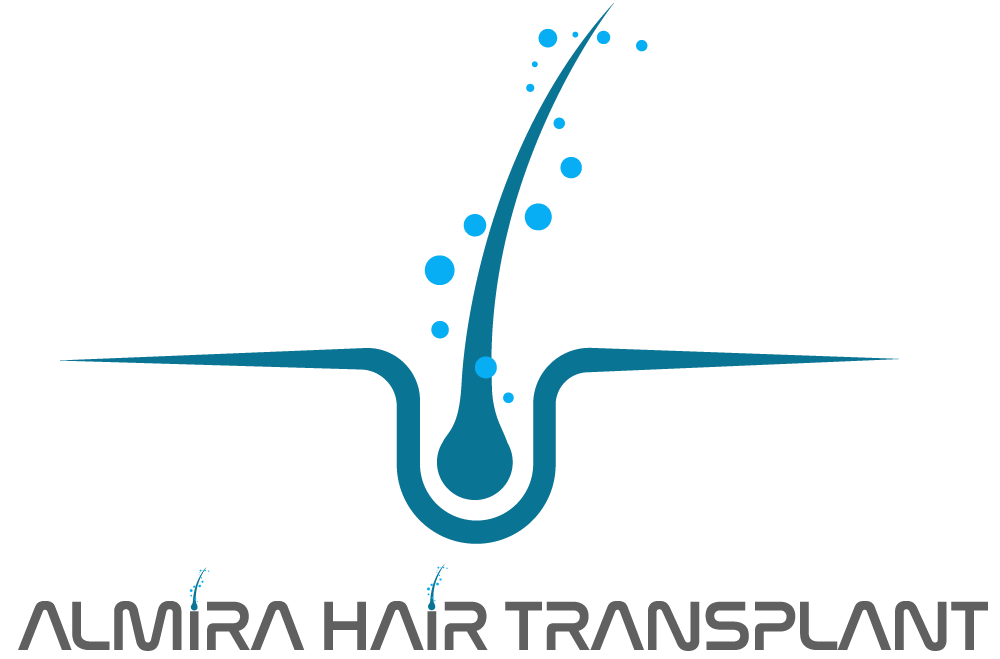How Are Tooth Color, Shape, and Alignment Corrected in Dental Aesthetics?

How Are Tooth Color, Shape, and Alignment Corrected in Dental Aesthetics?
A beautiful smile is one of the most powerful expressions a person can share. The color, shape, and alignment of the teeth are the key factors that determine the aesthetic quality of a smile. When one or more of these elements are compromised, it can affect not only appearance but also self-confidence and social interactions.
Thanks to advances in cosmetic dentistry, these concerns can be corrected with highly effective and personalized treatment plans. So, how are these three core elements improved in modern dental aesthetics?
1. Tooth Color Correction
Discoloration, staining, or uneven coloring are among the most common aesthetic issues. Today’s treatments offer several effective options to achieve a whiter, brighter smile:
➤ Teeth Whitening (Bleaching)
This non-invasive method uses professional-grade whitening agents to lighten teeth by 1–3 shades. It can be done in-office (clinical) or with custom-made trays for at-home use, under the supervision of a dentist.
➤ Composite or Porcelain Veneers
When discoloration originates from deep within the tooth and cannot be corrected with bleaching, veneers—thin shells bonded to the front of the teeth—offer a permanent solution with a natural appearance.
2. Tooth Shape Correction
Tooth shape plays a significant role in overall facial aesthetics. Length, width, sharpness, and contours all contribute to facial harmony and even convey characteristics such as age and personality.
➤ Tooth Contouring (Cosmetic Reshaping)
For minor imperfections, a small amount of enamel can be reshaped to improve symmetry and proportions—usually completed in a single visit.
➤ Bonding
Tooth-colored composite resin is applied to correct chips, fractures, or short teeth. This is a quick and affordable way to enhance the smile.
➤ Veneers or Crowns
For more serious deformities or damage, porcelain veneers or crowns can reshape teeth completely, offering highly aesthetic and long-lasting results—especially effective for front teeth.
3. Tooth Alignment Correction
Crowded, gapped, or misaligned teeth not only affect aesthetics but may also lead to functional problems like poor bite and oral hygiene challenges.
➤ Orthodontic Treatment (Braces or Clear Aligners)
Traditional braces or clear aligners such as Invisalign gradually move teeth into the correct position. Treatment time varies depending on the severity of misalignment.
➤ Veneers or Bonding Simulation
In cases of mild misalignment or small gaps, cosmetic solutions like veneers or bonding may be used to create the illusion of straight, evenly spaced teeth—often without any orthodontic appliances.
Conclusion: A Holistic Approach to Smile Design
To achieve an ideal smile, a comprehensive evaluation of color, shape, and alignment is essential. Since each individual has unique facial features, lip lines, and smile expectations, treatment should always be customized to the person.
Remember: A beautiful smile is not just about appearance—it’s a key element of confidence, communication, and making a lasting impression.


